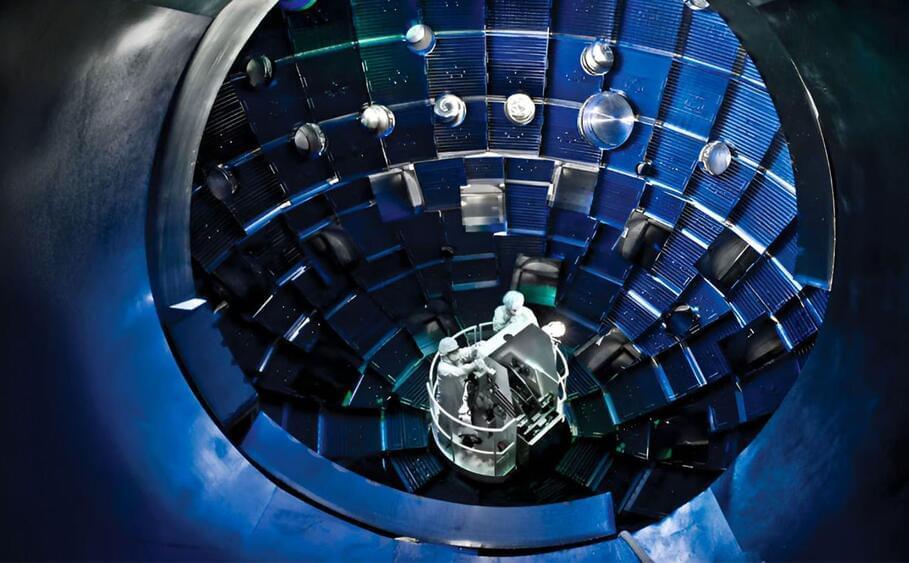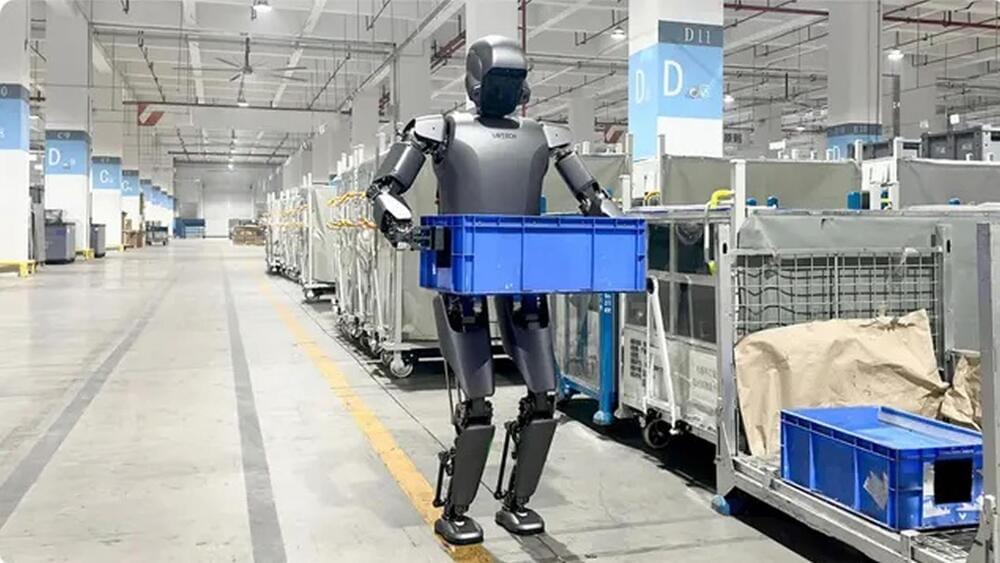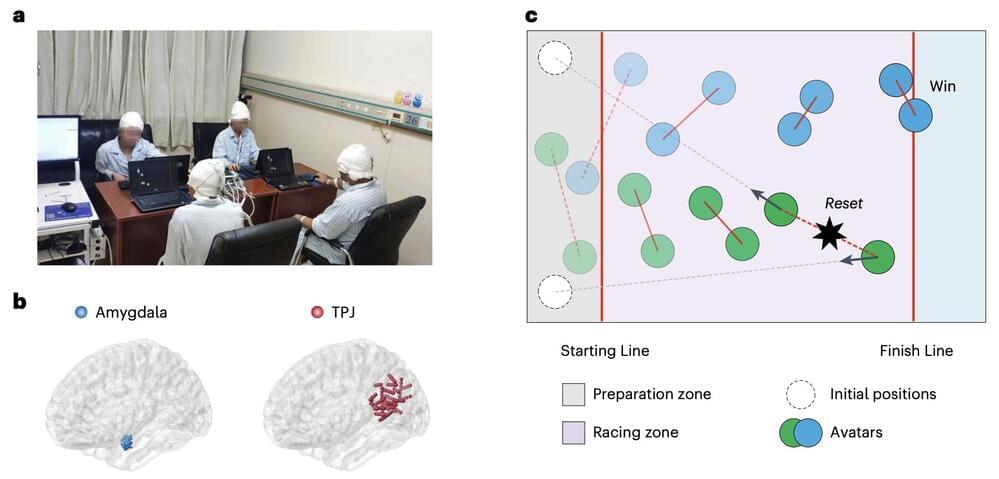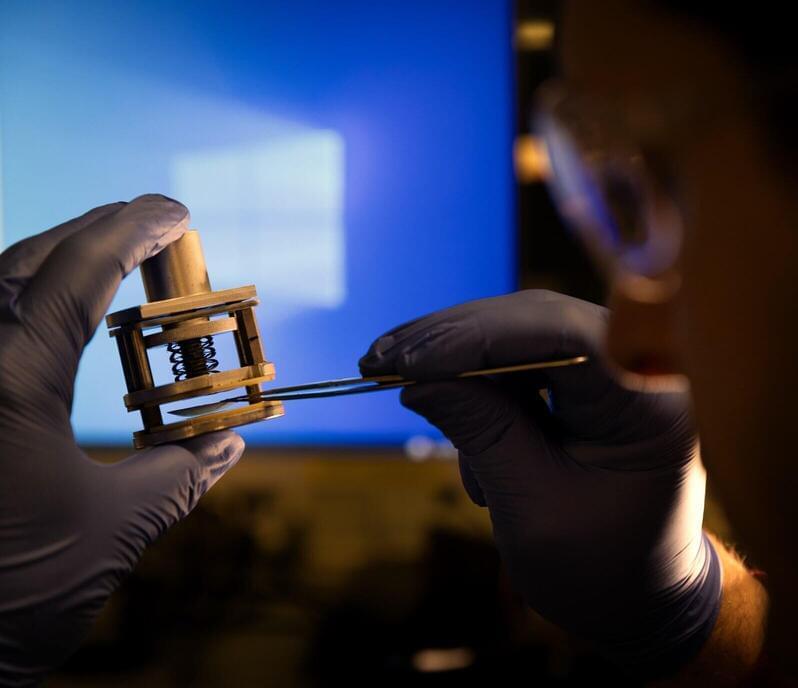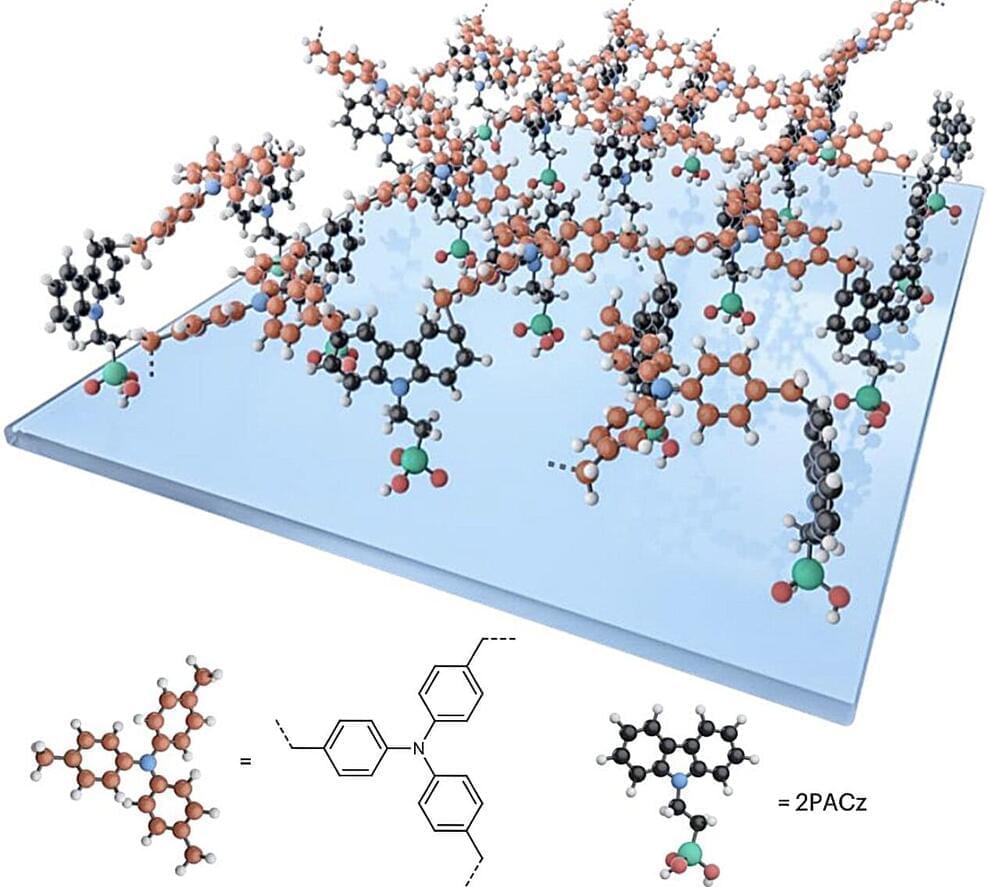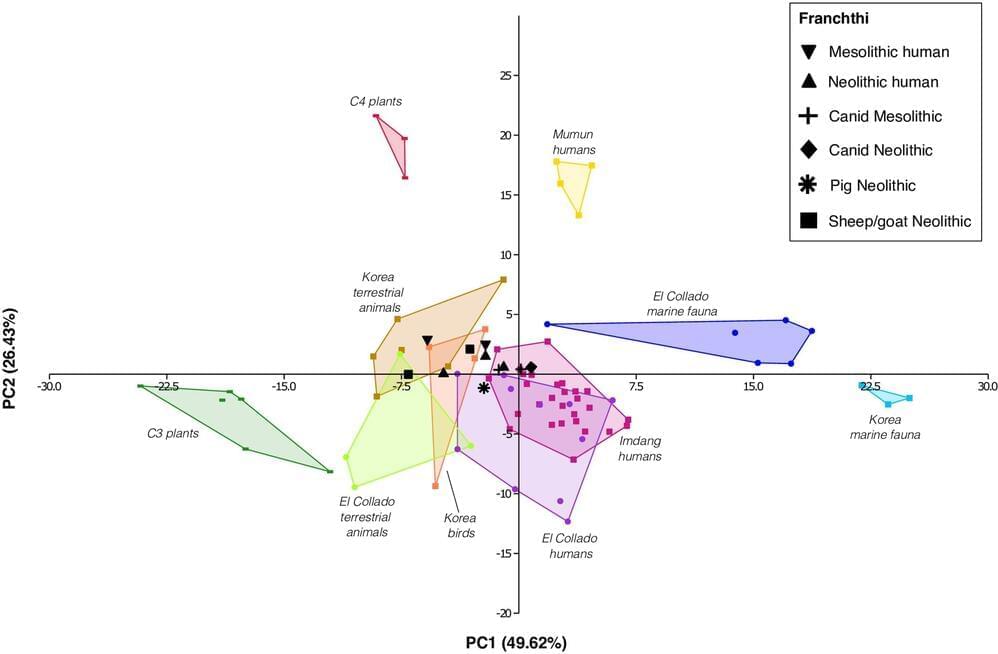
When used correctly, font selection usually goes unnoticed, blending seamlessly with content and reader. When the One Times Square Billboard used a retired Microsoft Word default Calibri font to usher in 2025’s “Happy New Year” message, it was immediately met with sarcastic scorn and delightful derision for the uninspired choice (at least by people who pay attention to such things). Had the font faux pas been the branding rollout of a new app, product, or company, the consequences might have been more severe.
Hanyang University researchers in Korea have attempted to take the intuition and subjective judgment out of the art of font selection. Using computational tools and network analysis to develop an objective framework for font selection and pairing in design, the researchers aim to establish foundational principles for applying typography in visual communication.
Font choice plays a critical role in visual communication, shaping readability, emotional resonance, and overall design balance across mediums. According to the researchers, designers have traditionally relied on subjective rules for font pairing, such as mixing Serif and Sans-Serif or creating contrast. These rules are difficult to formalize and often apply to only a narrow subset of fonts.
